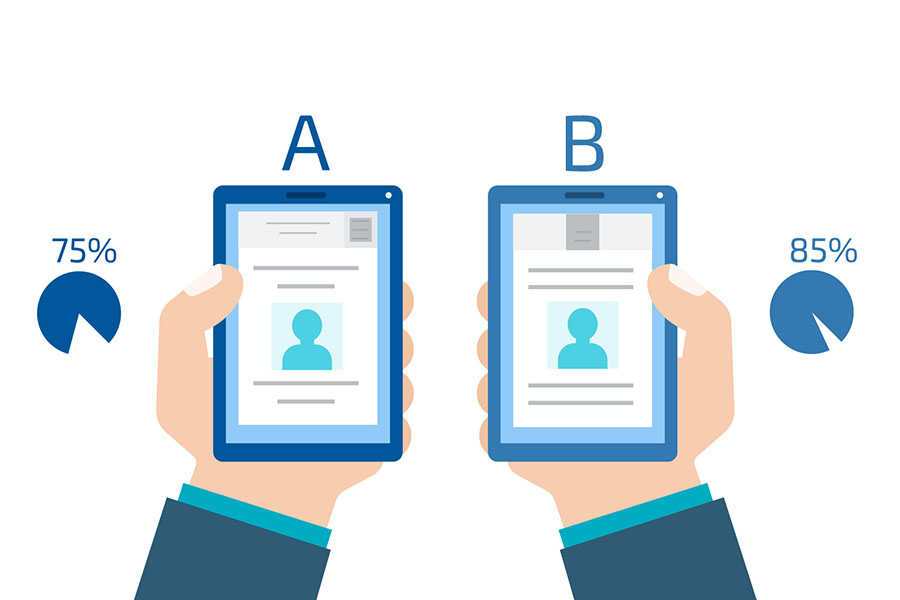Running precise and accurate in-store tests may sound daunting at first. Following good practices to build tests that reduce bias can improve the accuracy of test results and give more confidence to business leaders in the decision-making process. A large factor in decreasing bias is automating the testing process, allowing businesses to run tests smoothly without noise and adapt quickly to boost efficiency.
MarketDial provides high-quality tools that assist in the in-store testing process for offline brick-and-mortar stores. MarketDial’s expert system guides users through a simple process to build and execute tests with reduced effect of human bias compared to manual testing techniques. Utilizing the MarketDial platform, here are three ways input bias can be minimized for both in-store testing experts and novices.
1. Avoid testing collisions
Large corporations such as Walmart, Target, and Woolworths are consistently testing to learn more about how to best grow their companies. One way to easily avoid in-store testing bias is by testing only one initiative in your treatment stores at a time.
If you are testing changes, such as staff increases and pricing in the same treatment group, it’s harder to determine what impact each initiative being tested has on sales. Rather than creating multivariate testing situations, it is ideal to create separate, discrete tests that isolate the impact of each initiative. With multiple separate tests, companies can more confidently determine the results of the initiative and be assured that they are stripped of biases that would be a detriment to the decision-making process.
When you are a large organization, most of your capital investments are multimillion dollars. If you get just one of those decisions right where it could have gone wrong, you’ve paid for it.”
Doug Frank, Head of Space and Insights for Supermarkets and Group General Manager of Data and Analytics at Woolworths

2. Use appropriate sample size
When selecting treatment and control stores, an appropriate sample size is essential to achieving results you can generalize. “As you collect more measurements, statistically the results stabilize and get closer to representing the results you will actually see in practice,” said Neil Patel, a top influencer on the web according to the Wall Street Journal.
You may think you have a big sample overall, but when the data gets cut into smaller and smaller groups for analysis, biases are common in results. Therefore, the appropriate sample size will enable more detailed analysis and provide better insights into specific drivers of value.
For example, if you are testing a marketing promotion in 20 stores, you have a large enough sample size and start seeing top-level test results, you have the ability to drill down into the data to find a more precise test, see how many people are buying a specific product and more. However, narrowing results for analysis is only possible if you have a large enough sample size to begin with.
3. Select appropriate testing locations
Selecting where you are going to test your initiative is vital to set up the correct test that will offer the most reliable results for decision making. Whether you are doing a store test or a customer-based test, accurately matching test and control stores for comparisons will make data analysis and measurement more accurate.
MarketDial has a methodology that is pretty simple to be consistent and have a pattern — a process of the way we are testing things. Because of that, it makes it very simple for all the users and nonusers of the software to understand how the test works, why a test is being run the way it is and how the methodology is being selected.”
Joey Hobson, Executive Director of Category Management at Maverik
While running in-store tests precisely and accurately may sound daunting, it doesn’t have to be. Testing one initiative at a time and making sure to select enough stores appropriately for a large sample size are steps closer to quality testing. With extended expertise in A/B testing and a software to guide you, MarketDial can significantly simplify your offline in-store testing effort.
To learn about how you can test smarter with MarketDial, check out these articles:
The power of precision: Mastering control selections for in-store testing
The rhythm and rhyme of retail test implementation
Learning to fail fast: tests that show clear losses or insignificant results




